
Christian Dimpker
N. 11 String quartet I
Duration: 15'
Instrumentation details:
violin I
violin II
viola
violoncello
N. 11 String quartet I
Translation, reprints and more
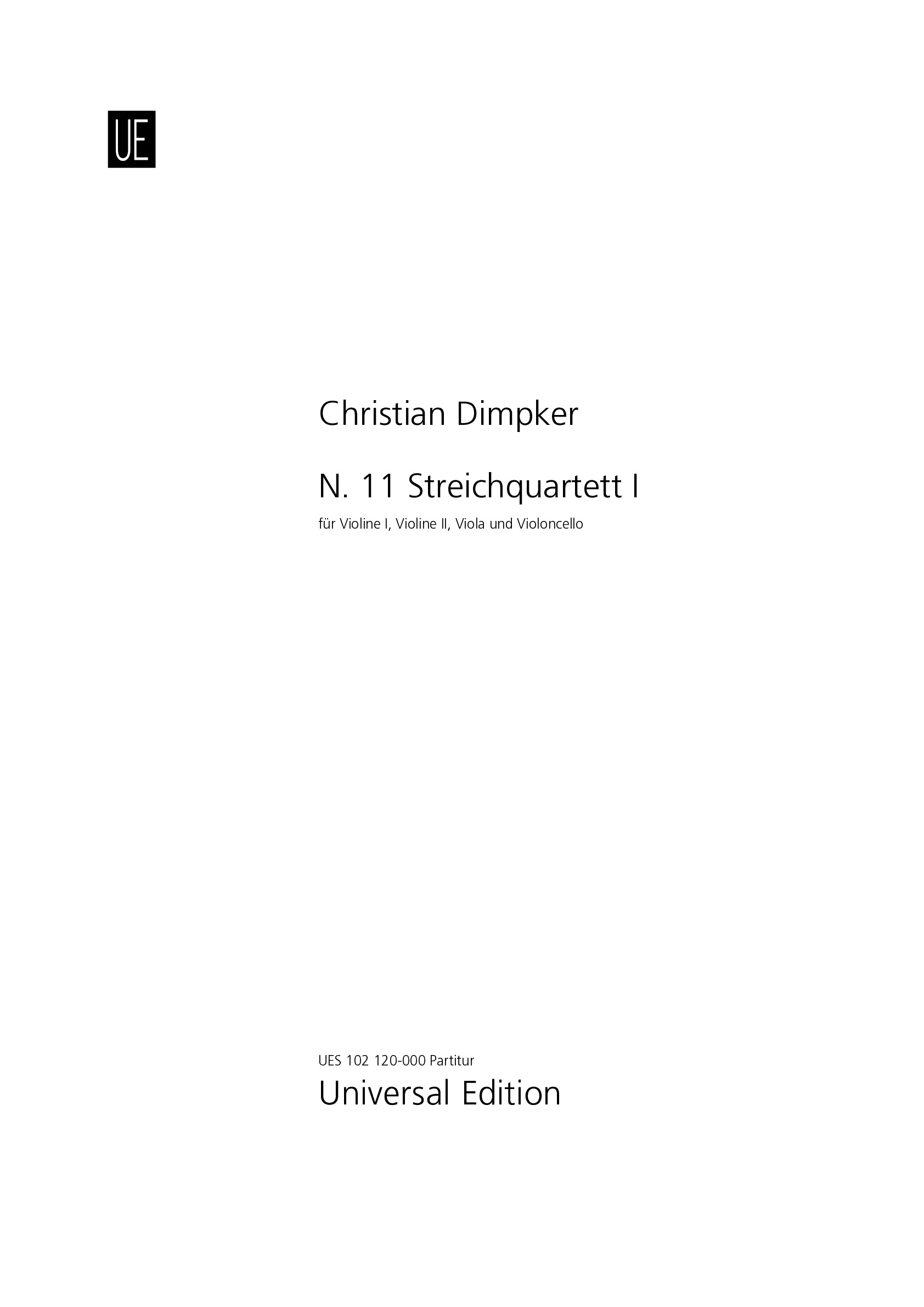
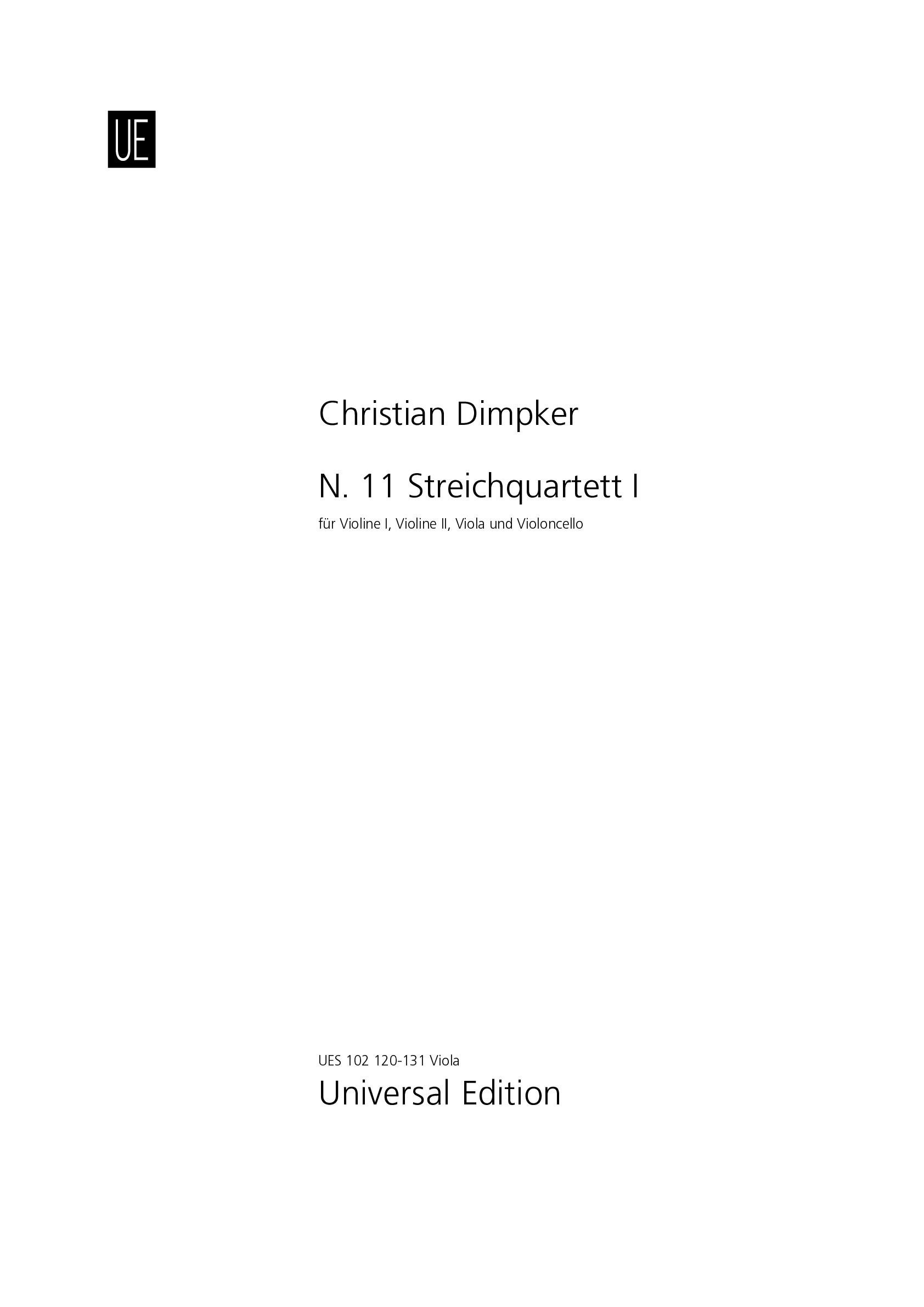
Christian Dimpker
Violine I (N. 11 Streichquartett I)Type: Stimme

Christian Dimpker
Violine II (N. 11 Streichquartett I)Type: Stimme
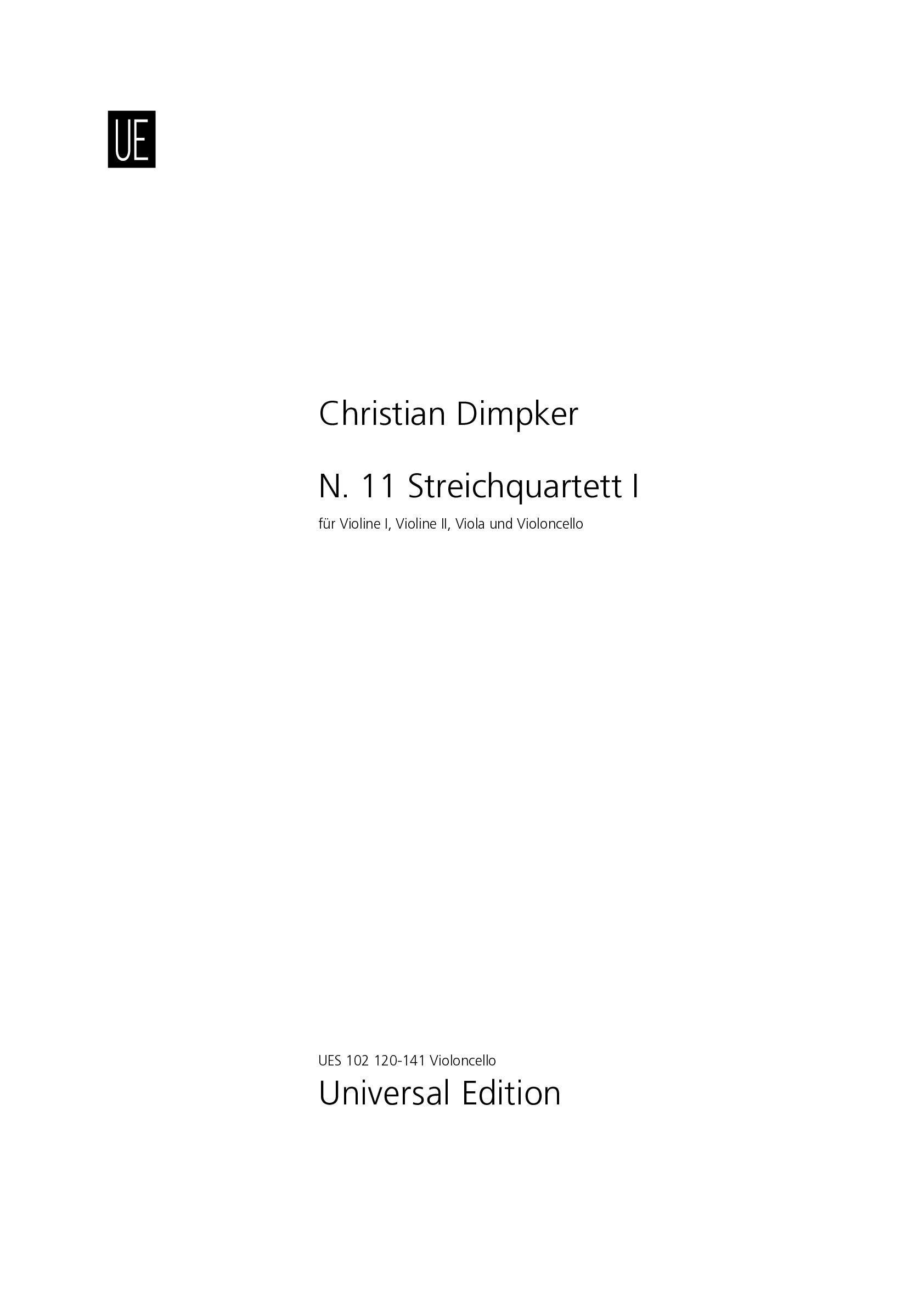
Christian Dimpker
Violoncello (N. 11 Streichquartett I)Type: Stimme
Sample pages
Video
Work introduction
String quartet I is an early work of transition. It was written during a period of migration to Hong Kong. I started it in the rural residency place of Schöppingen (Germany) and finished it on the balcony of a skyscraper in Kowloon. The approach was experimental in the sense that I tried to bypass notation software and compose it entirely as a graphic work, also with regard to classical compositional techniques such as retrograde and inversion. This is where the even grid of the first form section stems from. At the same time, String quartet I is one of my more traditional works. No notated electroacoustics are used. Instead, the work returns to the historical form of the string quartet and tries to translate it to the 21st century, which it will – most probably – not survive. The basis of the notation is, as in all previous works, my treatise Extended notation that unfolds its power here mainly with regard to the percussive possibilities of the string instruments.
What is necessary to perform this work?
The instruments are amplified. Therefore, two condenser microphones with cardioid polar pattern in XY-configuration (at an included angle of 90°) are utilised for each string instrument (ossia: via contact microphones or supported by these). The microphones send to (up to eight) stereo loudspeakers. The setup is determined by the sound engineers. The loudspeakers’ output level is generally supposed be to equal to the dynamic level of the sound production.
The piece can also be performed as an electronic version. For this purpose, the instruments are transformed in the following way, while the transformed signal is always dominant: Violin 1 (V.1): 1. flanging-effect (6 ms, 75 % feedback, 4 Hz sine-LFO 0/100% dry/wet ratio), 2. stereo delay (100 ms delay medium wide left, 150 ms delay medium wide right, both 55% feedback), 3. convolution reverb (big church, ca. 2.5 sec., 0 ms pre-delay). Violin 2 (V.2): 1. EQ (low shelf with 30 Hz cut-off frequency, –12 dB gain, Q = 0, ordinal number n = 3; parametric with 320 Hz cut-off frequency, 8 dB gain, 250 Hz bandwidth, ordinal number n = 2; parametric with 1 kHz cut-off frequency, –10 dB gain, 400 Hz bandwidth, ordinal number n = 2; high shelf with 6 kHz cut-off frequency, 8 dB Gain, Q = 5, ordinal number n = 3), 2. stereo delay (32 ms delay wide left, 48 ms delay wide right, both 55 % feedback). Viola (Va.): 1. transposition with integrated delay (–87 Hz, 70 ms, 70% feedback), 2. convolution reverb (concert hall, ca. 1.8 sec., 6 ms pre-delay). Violoncello (Vc.): 1. distortion (clear transistor), 2. transposition (–880 Hz), 3. granular effect GRM (grain size 50 ms, envelope attack/decay 9ms, maximum delay time 550 ms, feedback 23%, density 77%, randomised transposition of the fragments 81%).
